detail profile walter niklaus

Info Pribadi
Peran Yang Di Mainkan Walter Niklaus
 A top administrator in the Federal...
A top administrator in the Federal...The Man Who Met the Trains 1989
A top administrator in the Federal German armed forces measures the machinery of murder at Auschwitz according to the effiency principle, and deems it a triumph. Militaria dealers market all the components for a do-it-yourself SS officer. The film assembles on, piece by piece, from a price list: the complete Hauptsturmführer for 2,921 Deutschmarks, ready to meet the trains arriving at Auschwitz with the appropriate aluminium lurex armband at 45 Marks.
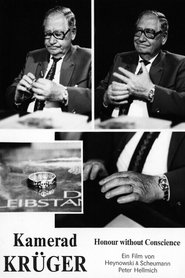 SS officer Walter Krger talks about...
SS officer Walter Krger talks about...Kamerad Krüger 1988
SS officer Walter Krüger talks about his career. Now he is Secretary of the „Kameradschaftsverband I. Panzerkorps der ehemaligen Waffen-SS e.V.” (Fellowship of Former Soldiers of Waffen SS 1st Tank Corps). During the interview it shows that Krüger still considers himself and his like-minded fellows to be the elite of the nation.
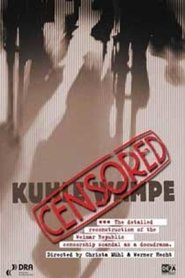 A detailed reconstruction of the censorship...
A detailed reconstruction of the censorship...Censored: Kuhle Wampe 1975
A detailed reconstruction of the censorship case against the landmark Weimar-era communist film, Kuhle Wampe, or Who Owns the World? (1932). Directed by Slatan Dudow, the crew and cast included left-wing luminaries, such as playwright Bertolt Brecht, composer Hanns Eisler and balladeer Ernst Busch. The film was the subject of vehement disputes and was banned twice for revolutionary and communist tendencies that were perceived to threaten the state. About 230 meters of the original film fell victim to the censor’s shears. This historic censorship case was argued over the course of three sessions. Censored: Kuhle Wampe re-enacts the censorship hearings, based on original minutes and documents, as well as personal records of the case. In addition to footage from the original film, this docudrama includes original clips of Berlin in the 1920s and '30s and short testimonies, filmed in the 1970s, with some of the actors involved in the original Kuhle Wampe film production.
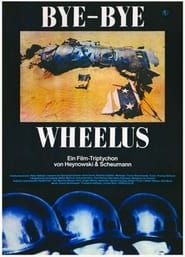 Wheelus Air Base was once the...
Wheelus Air Base was once the...Bye-Bye Wheelus 1971
Wheelus Air Base was once the largest American air base outside the USA itself. Ordered to be cleared by June 30th, 1970 by Libya’s Revolutionary Command Council.
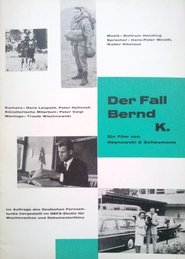 Documentary on Bernd Khlert a West...
Documentary on Bernd Khlert a West...Der Fall Bernd K. 1967
Documentary on Bernd Köhlert, a West German mercenary whose death in the Congo caused a sensation
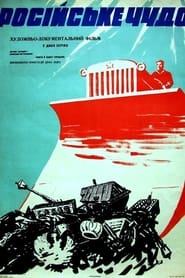 Das russische Wunder The Russian Miracle 1963...
Das russische Wunder The Russian Miracle 1963...The Russian Miracle 1963
Das russische Wunder (The Russian Miracle) (1963) is a two-part East German documentary directed by Annelie and Andrew Thorndike. The documentary chronicles Russia’s dramatic transformation from the Tsarist Empire to the Soviet Union, covering key historical moments including the 1917 October Revolution and the rise of Soviet communism. Through the use of archival footage, the film explores the socio-political upheavals that reshaped Russia and culminates in the achievements of the Soviet space program. Produced by DEFA, it was first broadcast on East German television in 1963, offering an insightful look at Russia's 20th-century evolution.
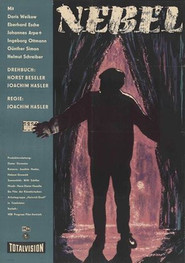 At the beginning of the 1960s...
At the beginning of the 1960s...Fog 1963
At the beginning of the 1960s, a German turns up on behalf of the NATO in the British village of Rocksmouth. NATO wants to establish a naval base in Rocksmouth, but first, the German envoy has to salvage an old ship wreck. In 1942, the "Princess of India" was supposed to bring children to safety in Canada but was sunk by a German submarine at departure. 58 people were killed, most of them children.
 Having been happily married for ten...
Having been happily married for ten...My Wife Wants to Sing 1958
Having been happily married for ten years, Gerda Wagner, devoted mother and housewife, suddenly gets it into her head that she would like a career as a pop star. She had singing lessons in the past and her voice is still beautiful. A chance meeting with the idolized Italian singer Fabiani, revives her stage fever - much to the annoyance of her husband Gustl Wagner, head of the records section at a department store.
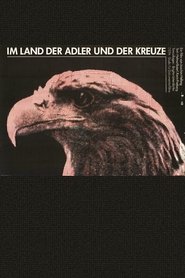
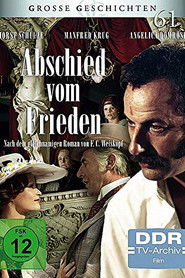
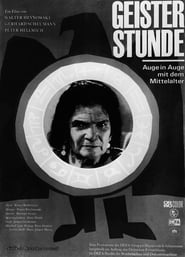 An interview with Madame Buchela a...
An interview with Madame Buchela a...
